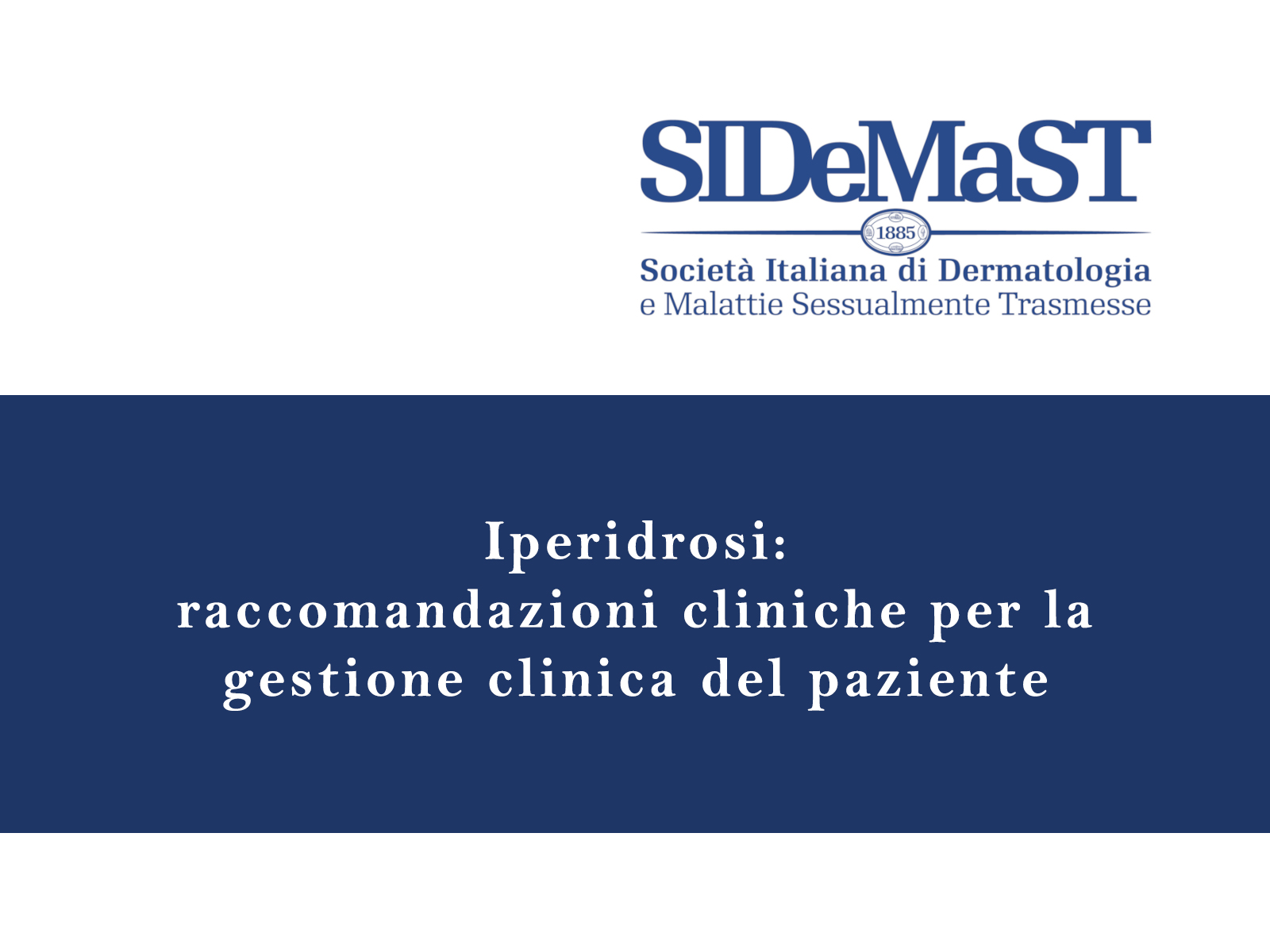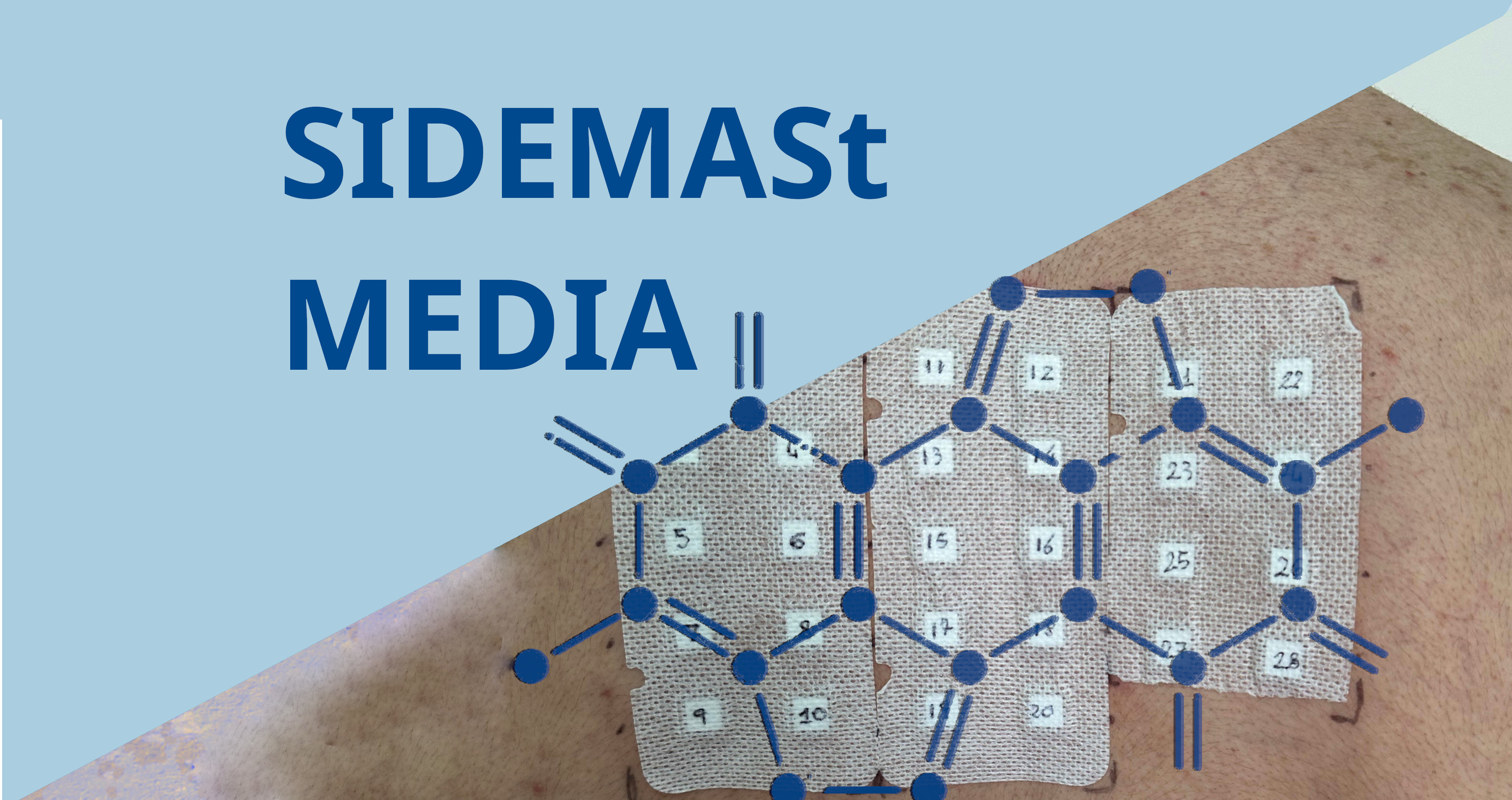While it's important to look for any suspicious spots on the skin, research published in the Journal of the American Academy of Dermatology indicates that it's vital to check for new growths in order to detect melanoma, the deadliest form of skin cancer.
After reviewing 38 published studies comprising 20,126 melanomas, researchers found that less than one-third of melanomas (29.1%) arose from an existing mole, while the vast majority (70.9%) appeared on the skin as new spots.
Moreover, melanomas that arose from existing moles were thinner than other melanomas, indicating that patients whose melanoma was associated with an established mole had a better prognosis than others.
"These results could indicate that patients who monitor their existing moles for suspicious changes could detect melanoma in its early stages, when it's most treatable," said Caterina Longo, MD, University of Modena and Reggio Emilia, Modena, Italy. "Because the disease is more likely to appear as a new growth, however, it's important for everyone to familiarise themselves with all the moles on their skin and look for not only changes to those moles, but also any new spots that may appear."
The researchers performed a systematic review and meta-analysis to determine the incidence and prevalence of melanomas. They also performed subanalyses considering age, tumour thickness, and nevus-type classification.
Any given melanoma was 64% less likely to be nevus-associated than de novo (risk ratio = 0.36; P < .001); nevus-associated melanomas had a lower mean Breslow thickness than de novo melanomas (mean difference -0.39 mm; P = .0003).
No significant differences were noted regarding the association of nevus-associated melanomas with nondysplastic nevi or dysplastic nevi.
The American Academy of Dermatology encourages everyone to perform regular skin self-exams, asking a partner to help them check hard-to-see areas like the back. Any new or suspicious spots warrant a trip to a board-certified dermatologist, as does anything changing, itching or bleeding.
Reference: jaad.2017.06.149
SOURCE: American Academy of Dermatology









